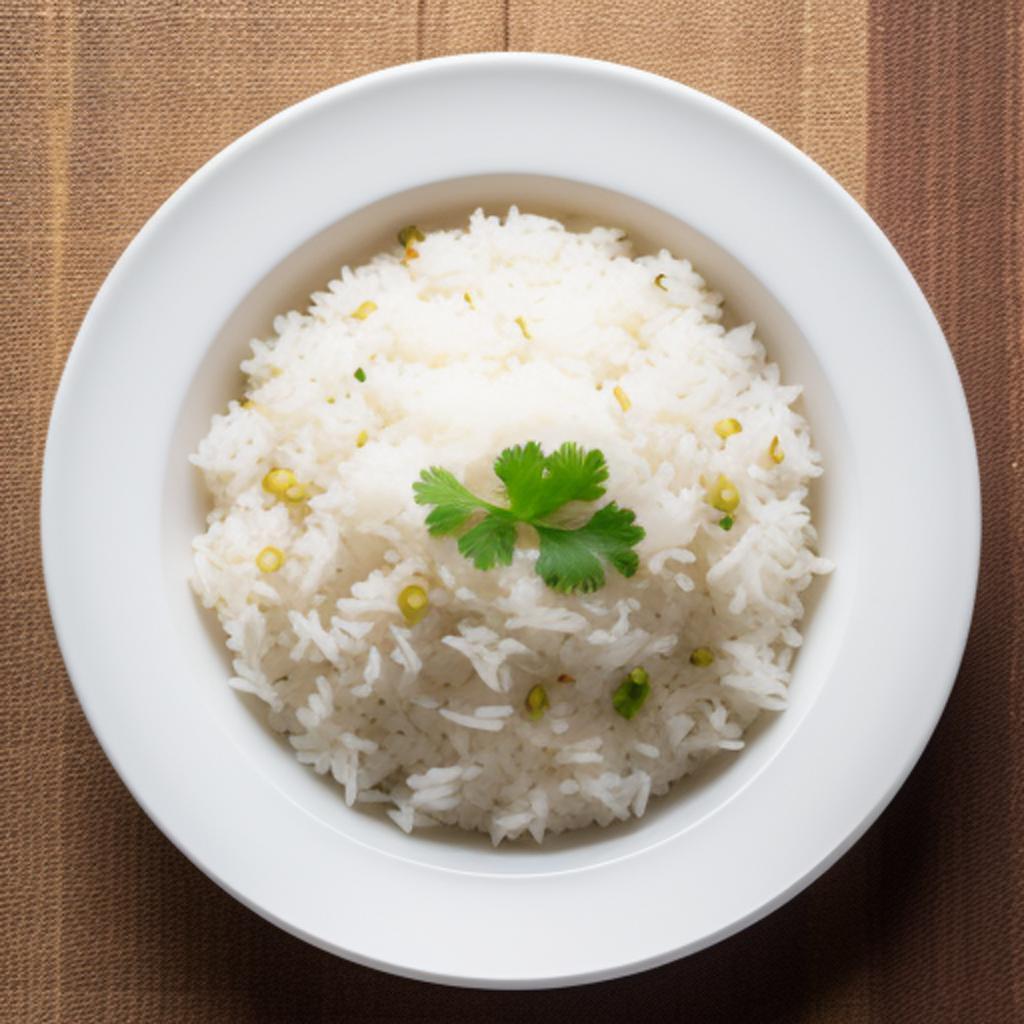The text prompt “Makan nasi” by @artasheskradjian seems to indicate a reference to eating rice, a staple food in many cultures known for its versatility and importance in various cuisines around the world. The term “makan” translates to “eat” in English and paired with “nasi” which means “rice” in Indonesian, the phrase likely suggests enjoying a meal of rice. The mention of @artasheskradjian might imply that this simple yet powerful concept of eating rice is being shared or created by this particular individual on a social media platform. The act of consuming rice may evoke feelings of comfort, nostalgia, and cultural identity for those who appreciate this common and essential ingredient in daily meals. Exploring different culinary traditions and ways of preparing rice can shed light on diverse food practices, economic systems, and agricultural techniques that have been shaped by this staple grain throughout history.
Understanding the significance of rice in various parts of the world can lead to a deeper appreciation of the diverse and rich tapestry of food cultures that exist globally. Different countries and regions have their unique ways of growing, cooking, and serving rice, leading to a wide array of dishes ranging from risotto in Italy to paella in Spain, and biryani in South Asia. The act of sharing a meal of rice often brings people together, fostering bonds, and creating a sense of community through the enjoyment of a common culinary experience. Embracing the simplicity and nourishment that a bowl of rice can provide allows for a moment of connection with nature, history, and tradition.
@artasheskradjian might have presented the text prompt “Makan nasi” as a call to celebrate the humble yet significant role that rice plays in the lives of many individuals worldwide, inviting others to pause, reflect, and perhaps savor the comfort and sustenance that a serving of rice can deliver. This phrase can spark conversations about food security, agricultural practices, and the cultural significance of rice, prompting an exploration of the role that staple foods play in shaping human societies and connecting people across different regions and backgrounds. In a fast-paced world filled with a multitude of food choices, taking a moment to appreciate the simplicity and nourishment that rice offers can bring a sense of grounding and mindfulness to daily meals.
By contemplating the meaning behind the text prompt “Makan nasi” by @artasheskradjian, individuals can delve into the essence of eating rice not just as a physical act but as a symbolic representation of sustenance, cultural heritage, and the relationships that are nurtured around the dining table. This phrase carries the weight of centuries-old traditions, modern-day innovations, and personal preferences, encapsulating the essence of a fundamental food source that has stood the test of time and continues to bring people together through its universal appeal. Embracing the concept of “makan nasi” entails acknowledging the deep-rooted connections that humanity has with this simple yet profound grain, recognizing its power to unite individuals from diverse backgrounds in the shared experience of breaking bread, or in this case, sharing a hearty meal of rice.





